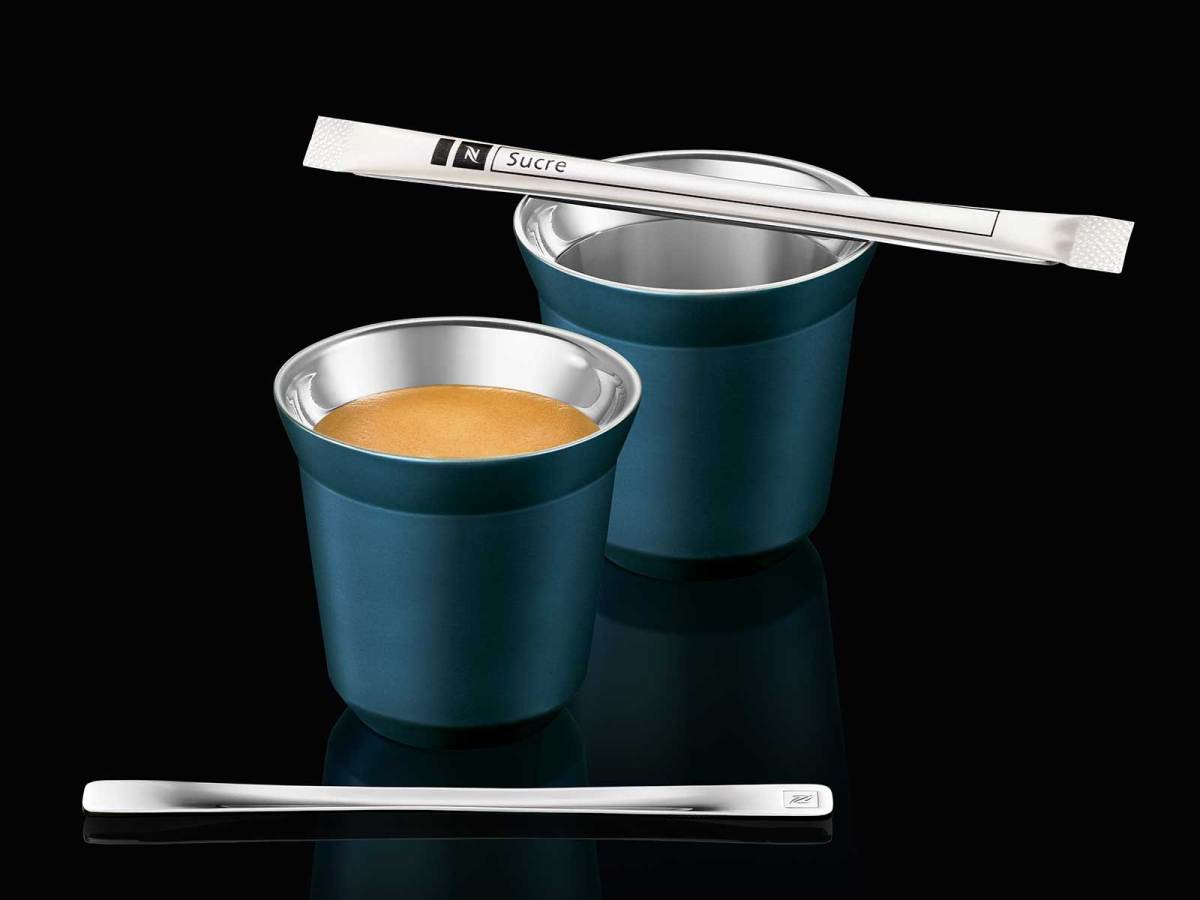This author is on Twitter: @Patrickavenell
Breville has launched its first range of Nespresso coffee machines, joining De’Longhi as a machine partner for the wildly successful Swiss capsule coffee system.
The first batch of Breville machines is almost identical technically to products currently being marketed, with the major differences being aesthetic. Breville and De’Longhi will have a certain level of ownership over the colours they can market, in order to maintain some clear differentiation between the brands.
Coinciding with this release, Nespresso is ceasing to be a supplier of self-branded machines directly to consumers, having previously sold its own colour range of existing machines online and through its stores.
Breville’s first Nespresso batch includes the U in white; the Pixie with the Aerocinno milk frother in Titan (a shade similar to chrome), red and stainless steel; the CitiZ and CitiZ & Milk in red; the Maestria Rosso (red) and the Gran Maestria Titanium.
The RRPs on these machines are the same as on the existing versions from the De’Longhi range. The only difference between the two is that De’Longhi will continue to exclusively manufacture the Lattissima Plus range.
Globally, it has been Nespresso’s policy to have two machine partners in each region. In some countries there are three, such in the United Kingdom, where Krups, De’Longhi and Magimix are all board, but in no other developed market has Nespresso had a single partner for such a long time.
The story of how De’Longhi came to be the lone partner is interesting. Back in the early 2000s, Groupe SEB was a machine partner in Australia with its Krups brand, as was Magimix.
When De’Longhi replaced Magimix as one of Nespresso machine partners, Groupe SEB managing director Wivina Chaneliere played up the competitive nature of Nespresso’s business model. Up until this time, Groupe SEB had accounted for around 80 per cent of all Nespresso machine sales.
“We know the business very well,” she said at the time. “It’s a very different business model from the traditional espresso machines and this takes time for staff and retailers to fully understand. We have been supporting the Nespresso partnership for years in Australia. I hope that this will improve Nespresso’s overall market share. I wish De’Longhi good luck and may the best brand win!”
It didn’t take long for De’Longhi’s impact in the market to be felt.
“We have experienced triple-digit growth in terms of registrations over the last five weeks since De’Longhi started selling the machines,” said then Nespresso general manager Jerome Casteight in 2006. “This is a fantastic result and we are optimistic that we will continue to have this growth.”
By the end of 2008, Groupe SEB had quietly withdrawn from mass distribution, giving De’Longhi a certain exclusivity over the brand. Sales have exploded during this period. Coffee machines overall is a huge business, worth more than $180 million annually, and the Nespresso system is a huge part of this. Recent sales figures seen by Appliance Retailer show Nespresso having a 90 per cent share of the capsule coffee machine market in Australia.
And this market is not sluggish, having grown 24 per cent in value in the 12 months to March 2013.
The introduction of Breville opens the Nespresso range up to consumers with strong ties to that famous brand, while also providing a point of difference for retailers when selling capsule coffee machines to consumers in-store.
In order to gain immediate traction in the trade and with consumers, Breville plans on leveraging its rich heritage in small appliances and, in particular, manual coffee machines.
“A leader in manual espresso, Breville was the first to introduce commercial technology to domestic espresso machines, creating a super premium $1,000-plus price segment,” said general manager Jeremy Sargeant. “Breville dominates the premium end ($500+) with 63 per cent share.
“Colour and design are key consumer drivers. Over 50 per cent of sales in the premium channel are colourful this is used to accessorise and add the finishing touch to modern kitchen designs — red is a popular colour choice.”
Breville and De’Longhi will be responsible for their own marketing of their own machines, while Nespresso will continue to market the Nespresso brand, system and coffee flavours. The popular campaigns featuring George Clooney will continue but they will not include any reference to either machine partner.
Breville’s launch plans include digital, public relations, print advertising and a database campaign.
De’Longhi is ready for this new challenge, having been preparing for new competition since the Breville’s partnership was announced.
“De’Longhi has been very well prepared in anticipation of Breville’s entry to the market,” said category manager, small domestic appliances, Glacel Zabat. “We welcome the competition and are looking forward to the way it will change the dynamics within the portioned category.
“De’Longhi will continue to position itself as the premium coffee brand of choice, having been the first to market with De’Longhi Nespresso machines.
“We will continue to invest heavily in the brand and ensure we have strong activities to support retailers and to continue to drive consumers to our brand.”

